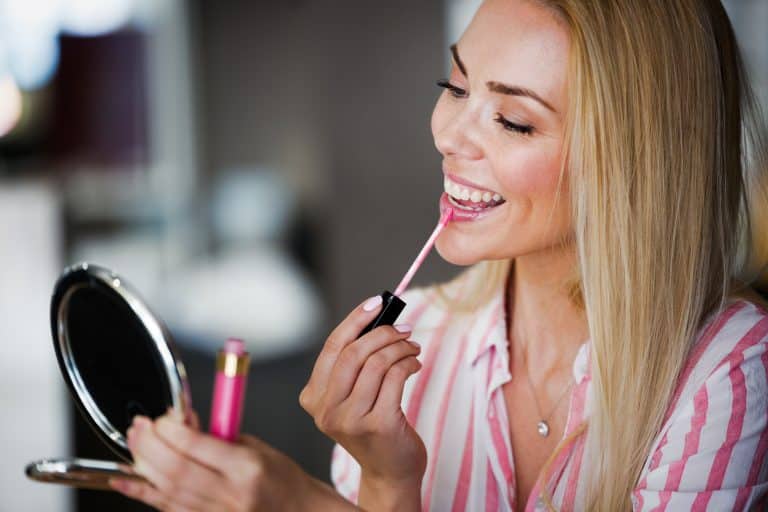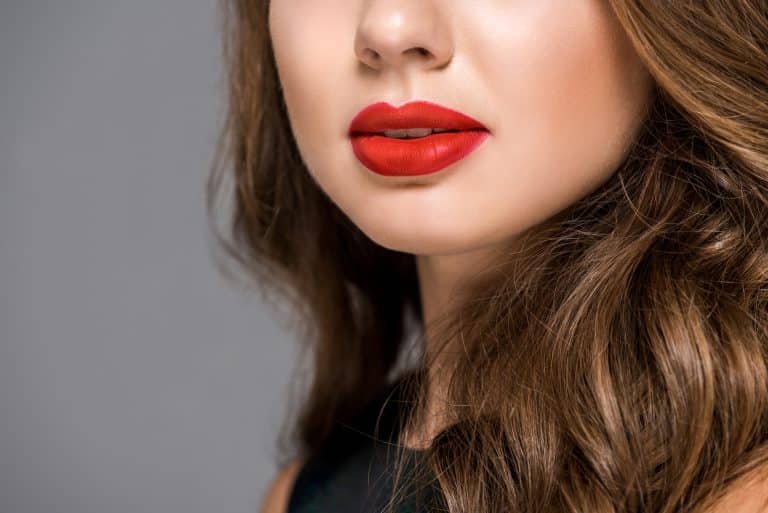Be it a result of aging, genetic problem, or even lifestyle factors – baggy eyes are usually a cosmetic concern. Although digital platforms are brimming with plenty of quick fixes for getting rid of bags under the eye, most of us still struggle to find an effective cure to this problem.
Under-eye fillers are one procedure you would want to consider to fight dark circles, hollows under the eyes, or fine lines and get smooth under the eye skin. Read ahead to learn everything you need to know before you proceed with an under-eye filler procedure.
What are under-eye hollows?
Also known as sunken eyes or tear trough hollows, under-eye hollows are characterized by delicate skin under the eyes appearing dark, sunken, and hollow. Rarely under-eye hollows are related to life-threatening conditions. However, if the condition worsens over time despite attempts to get better sleep and keep your body hydrated enough, or if they are accompanied by other symptoms, a doctor’s visit is recommended.
How do I get rid of the under-eye hollow?
Eye fillers offer an effective solution to lighten the tear trough hollows or under-eye hollows. These fillers are generally hyaluronic-based injections that restore volume under the eyes, making the area look plumper and brighter. There are several types of eye filler treatments, the most common being these three.
There is a variety of eye fillers, some of them are as under:
- Crow’s feet filler – Crow’s feet or lateral canthal lines are fine lines and wrinkles formed near the corner of your eyes. Crow feet fillers are dermal fillers particularly effective for static crow’s feet. The effects of dermal fillers usually last anywhere from 3–12 months, but they can last longer.
- Tear trough filler – Dermal fillers for the tear trough area can significantly improve under eye bags, lines, wrinkles, and dark circles. It softens the curved line under your eyes that starts at the inside corner of the eye and runs down toward the cheek.
- Under-eye wrinkles filler – Under-eye fillers address wrinkles and fine lines by filling the hollowness under the eyes. They can also be significant in smoothening out the sunken appearance of the under-eye area.
What are under-eye fillers?
Under-eye fillers are hyaluronic acid-based injections that lighten the tear trough or under-eye area. These hyaluronic acid-based fillers stimulate the appearance of thicker fat pads under the skin, making the area appear plump, smooth, and bright. The cosmetic procedure is minimally invasive and takes 15-30 minutes.
What benefits can I expect from under-eye filler?
Following are some of the benefits of under-eye fillers:
- A minimally invasive procedure that gives immediate results
- Under-eye area becomes brighter and plumper
- Removes dark circles under the eyes
- Gives a more rested appearance to your face
- Provides results that last for 6 months and even up to a year or more
- Rejuvenate your face with a smoother appearance
- Adds volume in the area below the eyes
Patients with thicker, smoother skin may receive better results than those with thinner, wrinkled skin under the eyes. It is also essential to understand that fillers may reduce dark shadows under the eye but can’t change the color of the skin around that area.
What are eye fillers composed of?
Under the eye, fillers are made of hyaluronic acid. Hyaluronic acid is a natural substance in our body – in the eyes, joints, and skin. Owing to its anionic properties, it binds with water to swell, create volume, and provide structural support to the skin. Under-eye fillers are a targeted injection of hyaluronic acid to minimize unwanted dark circles, hollows, lines, wrinkles, etc.
Are eye fillers safe?
Eye fillers are safe if they have been administered by an experienced professional. An under-eye filler can harm the eyes if it’s incorrectly administered. Therefore, you should always check if your provider is board-certified in the appropriate specialty and matches the requisite level of experience with cosmetics. The skin beneath the eye is soft, fragile, and thin; hence, it’s very important that your provider is well-versed in the procedure and understands the area’s anatomy well. Though rare, the incorrect administration of under-eye filler has sometimes resulted in the loss of vision.
What to expect during an under-eye filler treatment?
The procedure for under-eye filler treatment does not take much time. After your dermatologist or surgeon performs preliminary checks for your skin thickness and texture, you will be prepared for the procedure. A disinfectant will be applied to the area around the eye. You can request local anesthesia to reduce the pain you may feel during the procedure and to reduce bruising.
The syringe is filled with the required amount of the filler and then injected into the spot under your lower eyelid. The needle is withdrawn, and the area is gently massaged. The same procedure is repeated for the other eye as well.
Are there any possible side effects of under-eye filler?
Bruising and swelling are the two most common side effects of under-eye fillers. Some other side effects that may occur are:
- Itching at the injection site
- Headache
- Tenderness
However, these side effects usually resolve themselves in 7 to 18 days.
How long do eye fillers last?
Under-eye Fillers usually last six to nine months, although certain fillers can last up to a year or more. With subsequent injections, fillers tend to last for longer durations.
Are there over-the-counter solutions to eye fillers?
Hyaluronic acid is the key component for removing dark circles. It’s naturally found in our body’s tissue and cartilage. Hence, with an under-eye filler, you can be assured that you are not administering any damaging or long-lasting ingredients into your face.
However, if inserting a syringe under the eye scares you, you can opt for OTC products that help boost your skin’s hyaluronic-acid content and make your face appear youthful, rested, and ready for the day.
Are there any Precautions and contraindications?
At least a week before the procedure, you should stop taking medication like NSAIDs (Ibuprofen or aspirin). These blood-thinning drugs prevent clotting, and if you take them close to your procedure day, you increase your chances of bruising severely.
To take extra precautions, you must avoid other supplements like fish oils, garlic, ginger, and ginkgo, as they readily increase your risk of bruising or other side effects.
Applying topical items should also be stopped before the treatment. Avoid waxing, bleaching,
threading/plucking, and other procedures before the treatment.
Alcohol consumption a day before and on the day of the treatment should also be avoided, as alcohol can increase your chances of bruising. You must make your doctor and providers aware of any skin conditions, health issues, and medications you are taking to help them assess the feasibility of the procedure and the risks involved.
Lastly, on the day of the procedure, before going for the procedure, wash your face cleanly and do not apply any makeup.
Under-eye fillers are contraindicated in people with certain conditions such as bleeding disorders, skin allergies, those with a history of anaphylaxis, and allergies to gram-positive bacterial proteins.
Contact us to know more.







